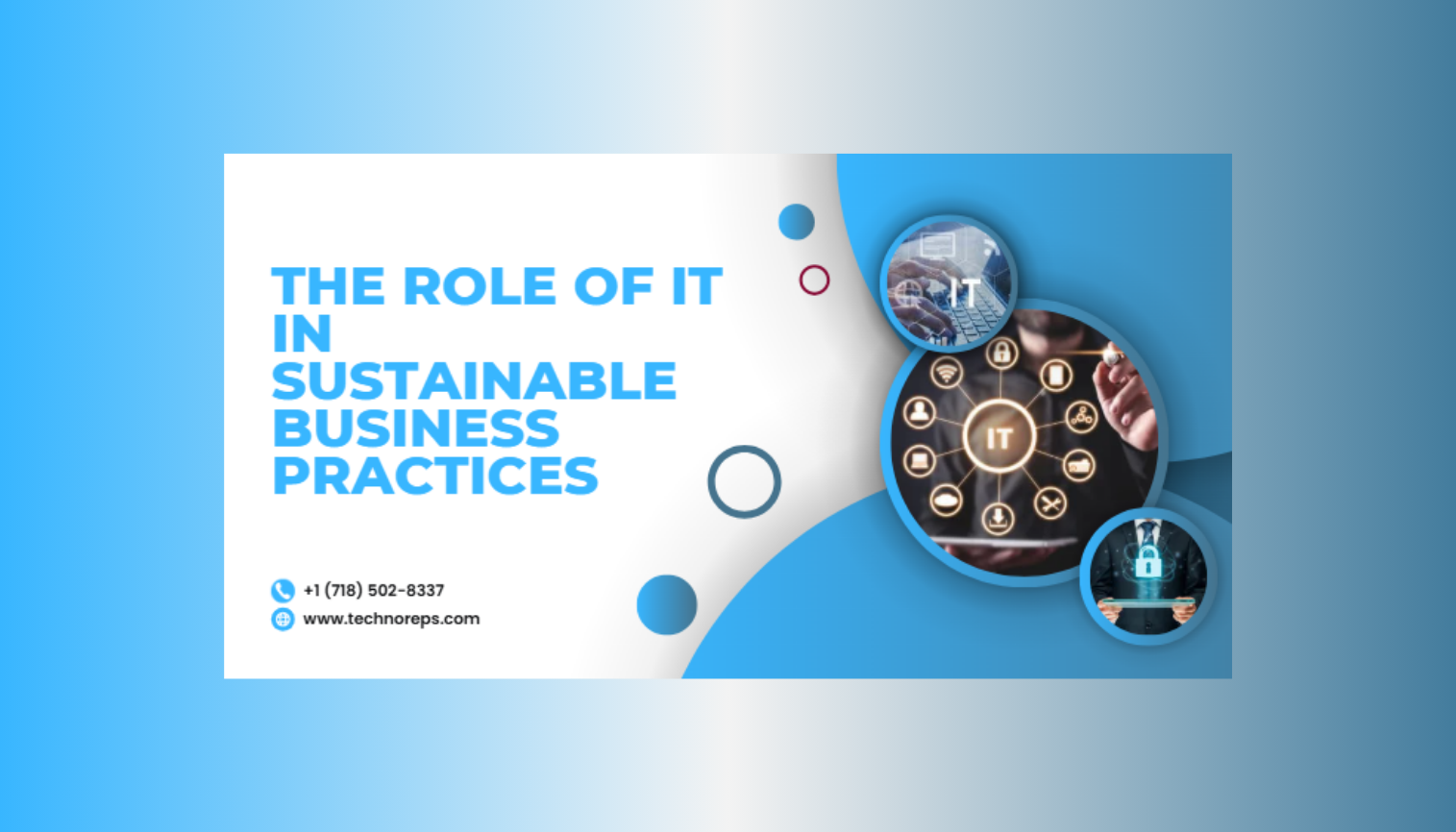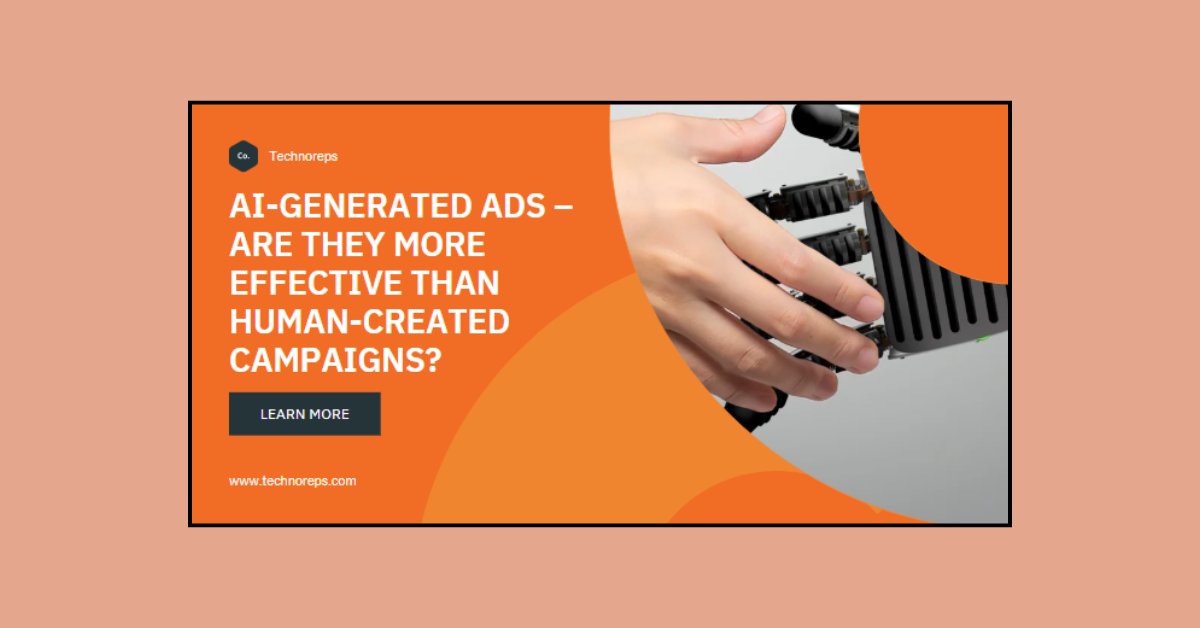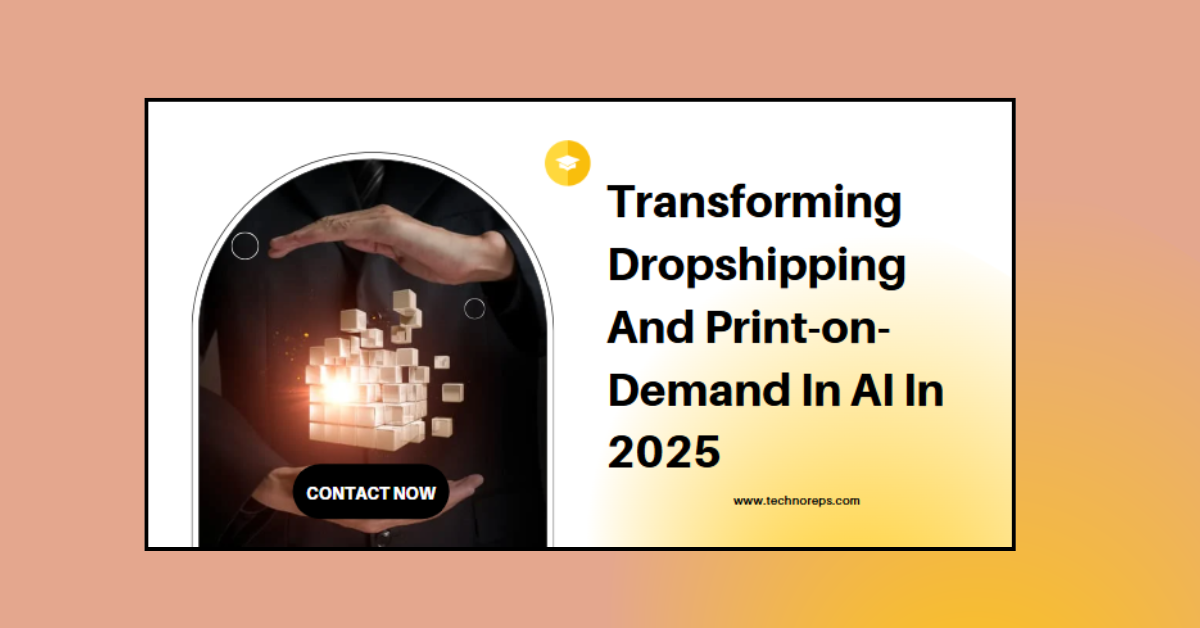In today’s digital era, Information Technology (IT) plays a crucial role in driving sustainable business practices. By leveraging advanced digital solutions, companies can reduce their carbon footprint, optimize energy consumption, and enhance overall efficiency. In this blog, we will explore how IT contributes to sustainability and the best strategies businesses can adopt for a greener future.
The Impact of IT on Sustainability
1. Green IT Solutions
Green IT refers to environmentally friendly computing practices aimed at reducing electronic waste and energy consumption. Companies can implement Green IT strategies by:
Utilizing energy-efficient servers and data centers
Adopting cloud computing to minimize hardware use
Implementing power-saving policies for office devices
2. Cloud Computing for Energy Efficiency
Cloud computing enables businesses to store and process data on remote servers, significantly reducing the need for physical hardware. Benefits include:
Lower electricity usage by data centers
Reduction in electronic waste
Scalability and cost-effectiveness
3. AI and Machine Learning for Sustainability
Artificial Intelligence (AI) and Machine Learning (ML) help companies optimize resource usage through predictive analytics. Key applications include:
Smart energy management systems
Automated supply chain optimization
Waste reduction in manufacturing processes
4. Remote Work and Digital Transformation
The shift towards remote work, powered by IT solutions, has led to a decrease in carbon emissions due to reduced commuting. Digital transformation enables:
Paperless operations with digital documentation
Virtual meetings instead of business travel
Efficient resource allocation through automation
Implementing IT-Driven Sustainable Practices
1. Energy-Efficient Data Centers
Organizations should invest in energy-efficient data centers that use:
Renewable energy sources
Advanced cooling technologies
Virtualization to optimize server usage
2. Sustainable Software Development
Developing software with sustainability in mind can lead to significant energy savings. Best practices include:
Writing optimized code to reduce processing power
Using cloud-native applications
Implementing eco-friendly hosting services
3. Smart IoT Solutions
The Internet of Things (IoT) enables businesses to monitor and optimize energy use. IoT applications include:
Smart lighting and HVAC systems
Automated waste management solutions
Predictive maintenance for machinery
4. Digital Supply Chain Management
IT-driven supply chain management systems help reduce waste and improve efficiency. Benefits include:
Real-time tracking to reduce fuel consumption
Demand forecasting to minimize overproduction
Sustainable sourcing through AI-powered analytics
Conclusion
IT has revolutionized sustainable business practices, offering innovative solutions that enhance efficiency while reducing environmental impact. By adopting Green IT, cloud computing, AI, and IoT, businesses can achieve long-term sustainability goals. Stay ahead in the digital era by integrating eco-friendly IT solutions today!
For expert guidance on sustainable IT solutions, contact us today.






